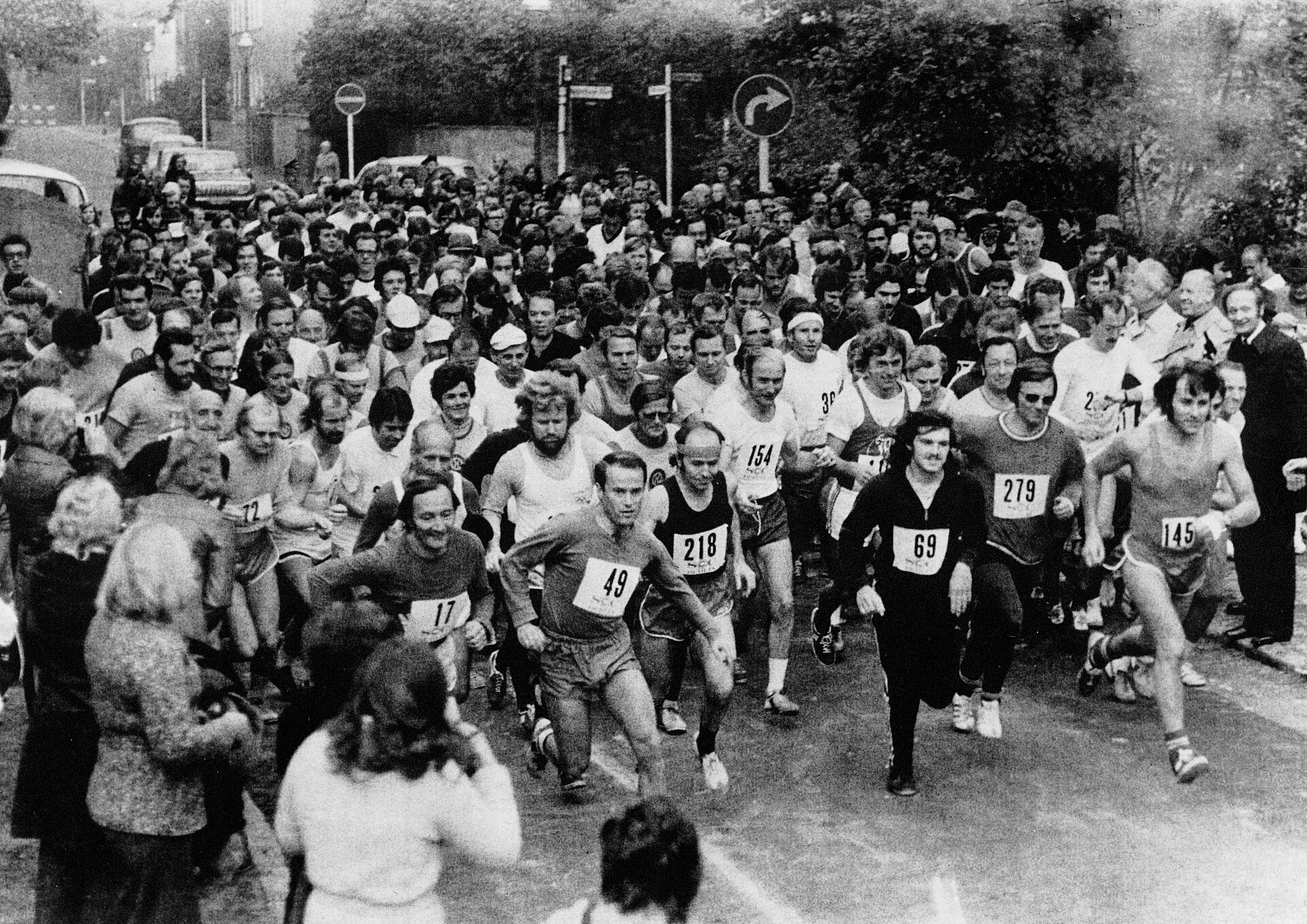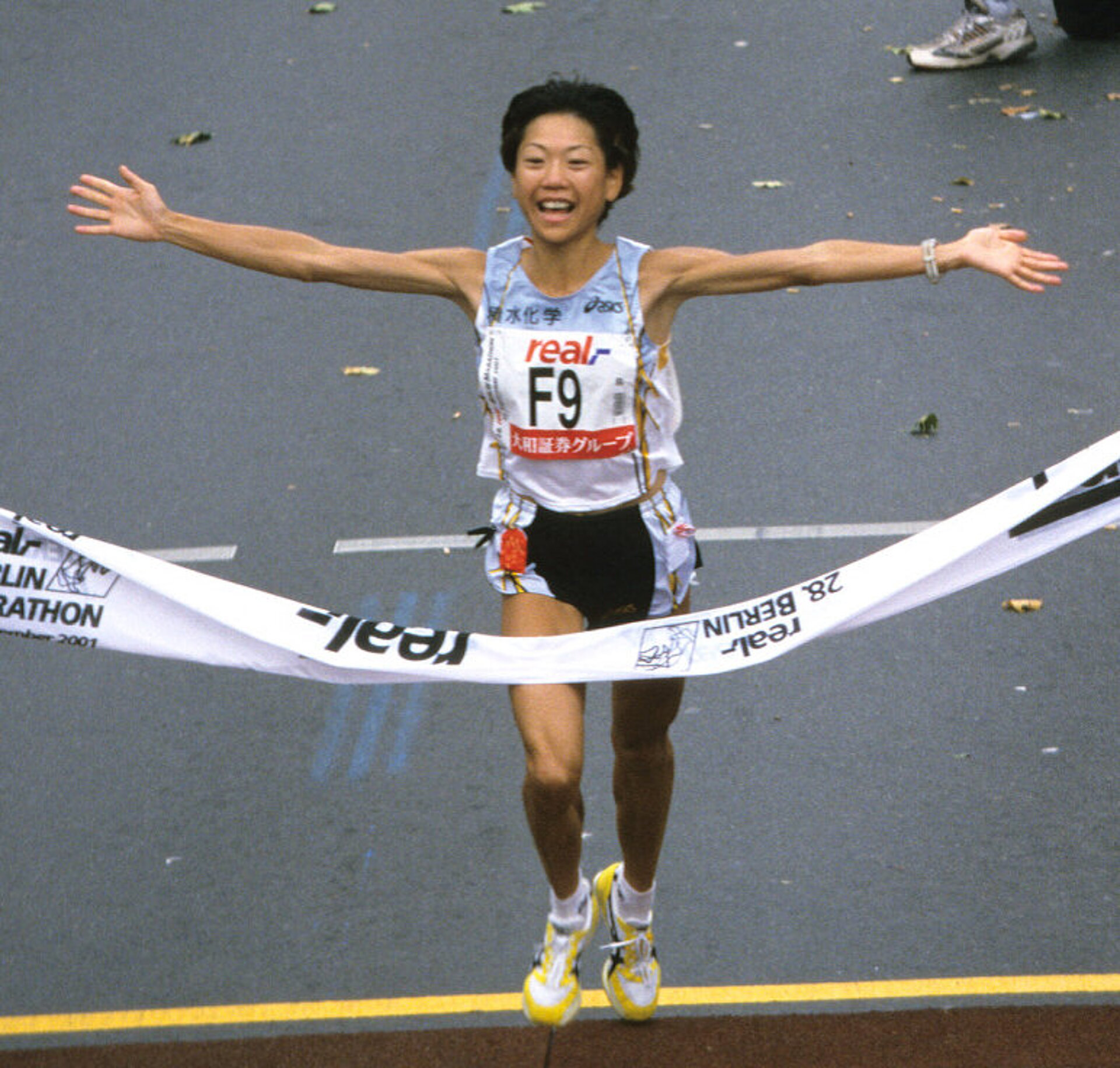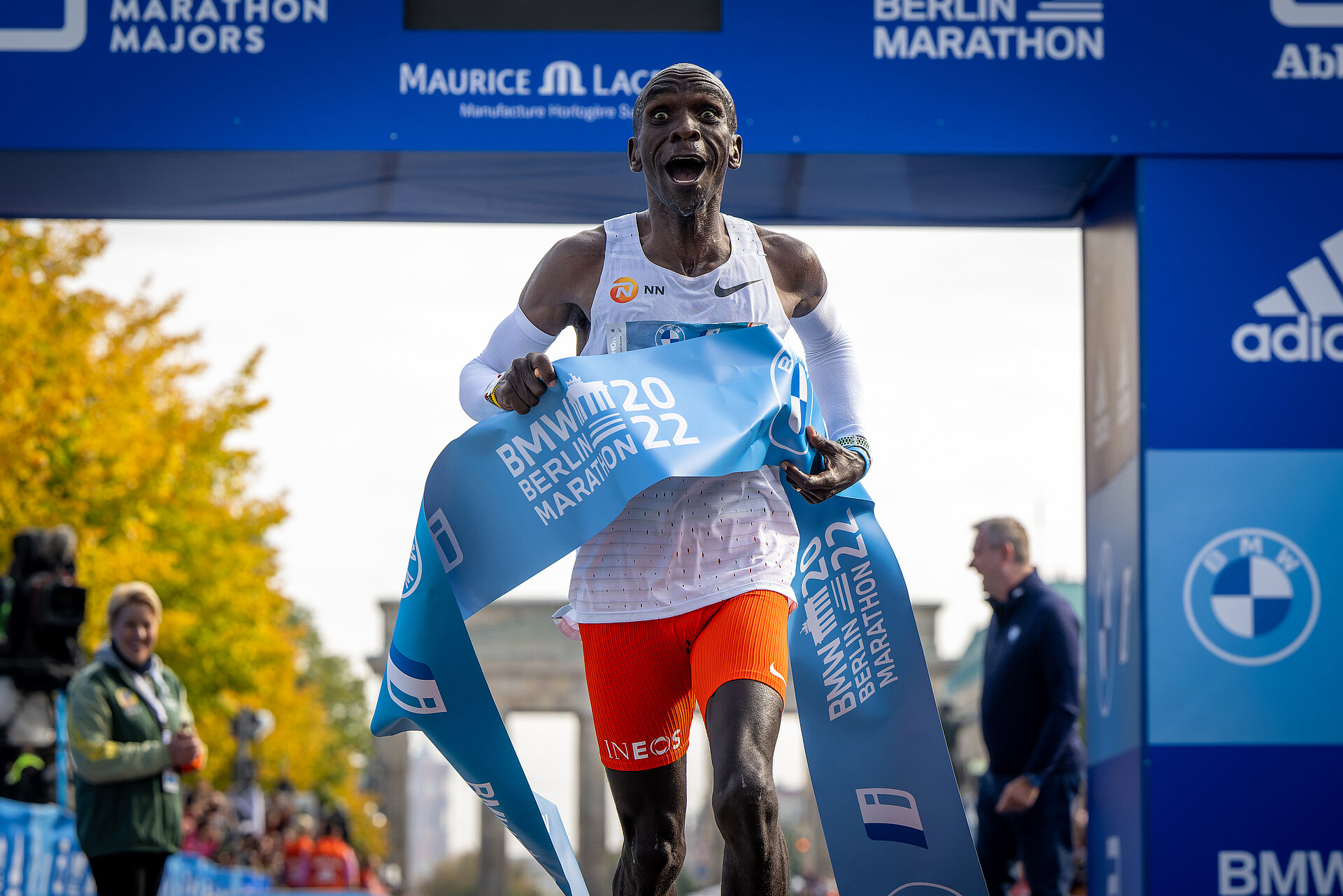The history of the BERLIN-MARATHON
From a popular run in the countryside to a world-class marathon highlight - the BERLIN MARATHON can look back on an eventful history. What began in 1974 with 286 participants has developed over the decades into Berlin's biggest sporting event ever. The race has been marked by numerous records as well as the fall of the Berlin Wall. The BERLIN MARATHON is closely linked to Berlin and German history and has itself written its own fascinating history.
How it began
When the starting gun for the 1st Berlin People's Marathon was fired on 13 October 1974 on Waldschulallee in front of the Mommsen Stadium, none of the 286 participants could have imagined how the BERLIN-MARATHON would develop over the coming decades.
From the second edition onwards, the start and finish were moved into the Mommsenstadion. In 1977, Christa Vahlensieck ran a new world best time of 2:34:47.5 h, which was beaten a year later by Grete Waitz at the New York City Marathon.
The BERLIN-MARATHON, organised by an all-volunteer team, enjoyed increasing popularity in the late 1970s, but retained it‘s image as a fun run in the countryside. Meanwhile, metropolises such as New York and London, with their spectacular city marathons, were showing how things could be done in Berlin.
The leap into the city
"There's a madman over there - he wants to run through the city". This is how the co-initiator and long-time chief organiser Horst Milde was introduced at the decisive meeting with the police president. The "madness" won out and the BERLIN-MARATHON moved from Grunewald to the city centre. On 27 September 1981, the meadow in front of the Reichstag was the starting point for the first 42 kilometres through the city for 3,486 runners from 30 nations. Their finish line was right in the centre of City West at the Kaiser Wilhelm Memorial Church.
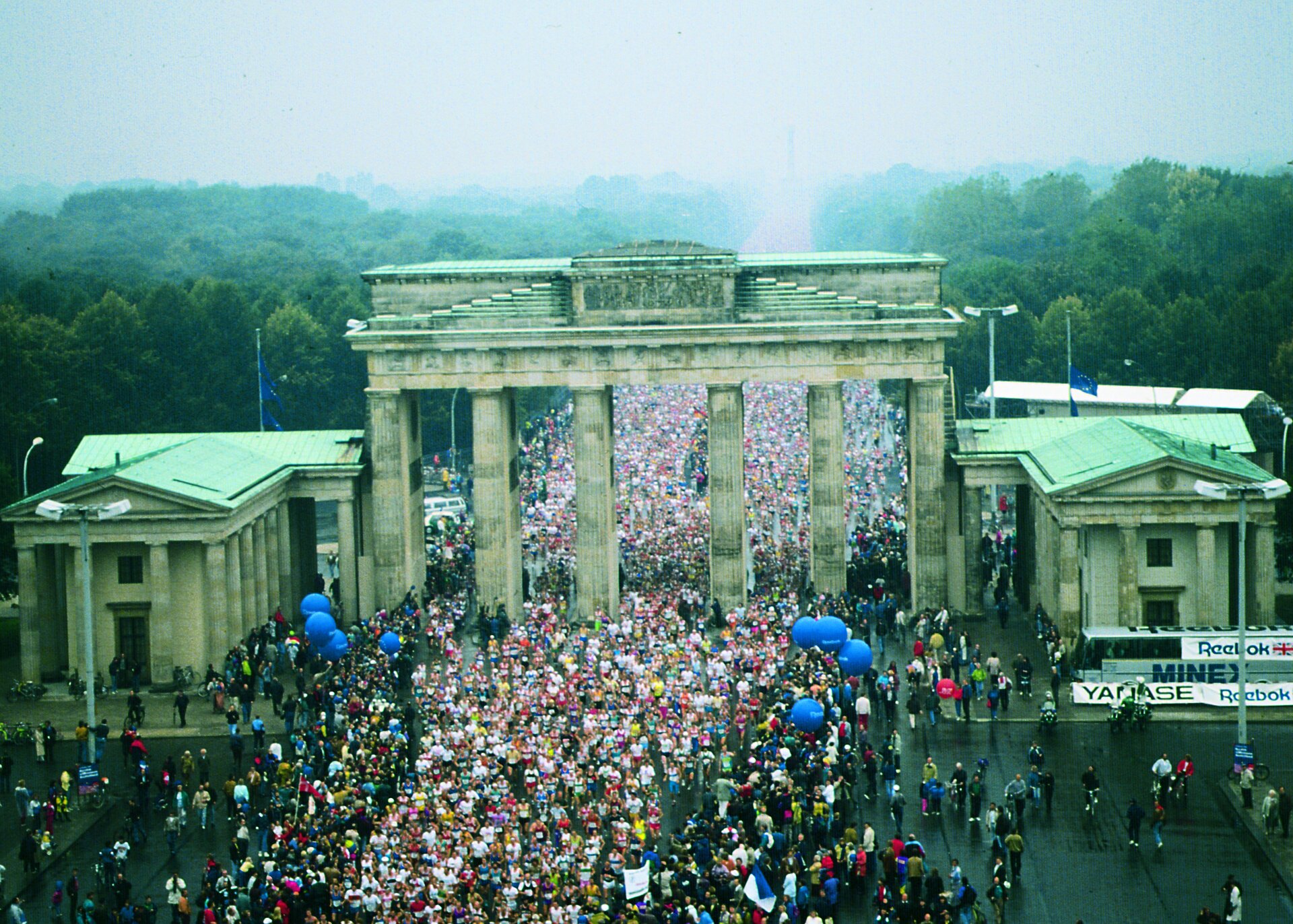
The BERLIN-MARATHON grows
In the early 1980s, the BERLIN-MARATHON developed into one of the five biggest marathons in the world. The course ran partly along the Berlin Wall. The top sporting event also attracted a lot of attention in the eastern part of the city. From 1987 to 1989, the start of the BERLIN-MARATHON was moved directly in front of the Brandenburg Gate due to the increasing number of participants. During these years, African runners dominated the race for the first time.
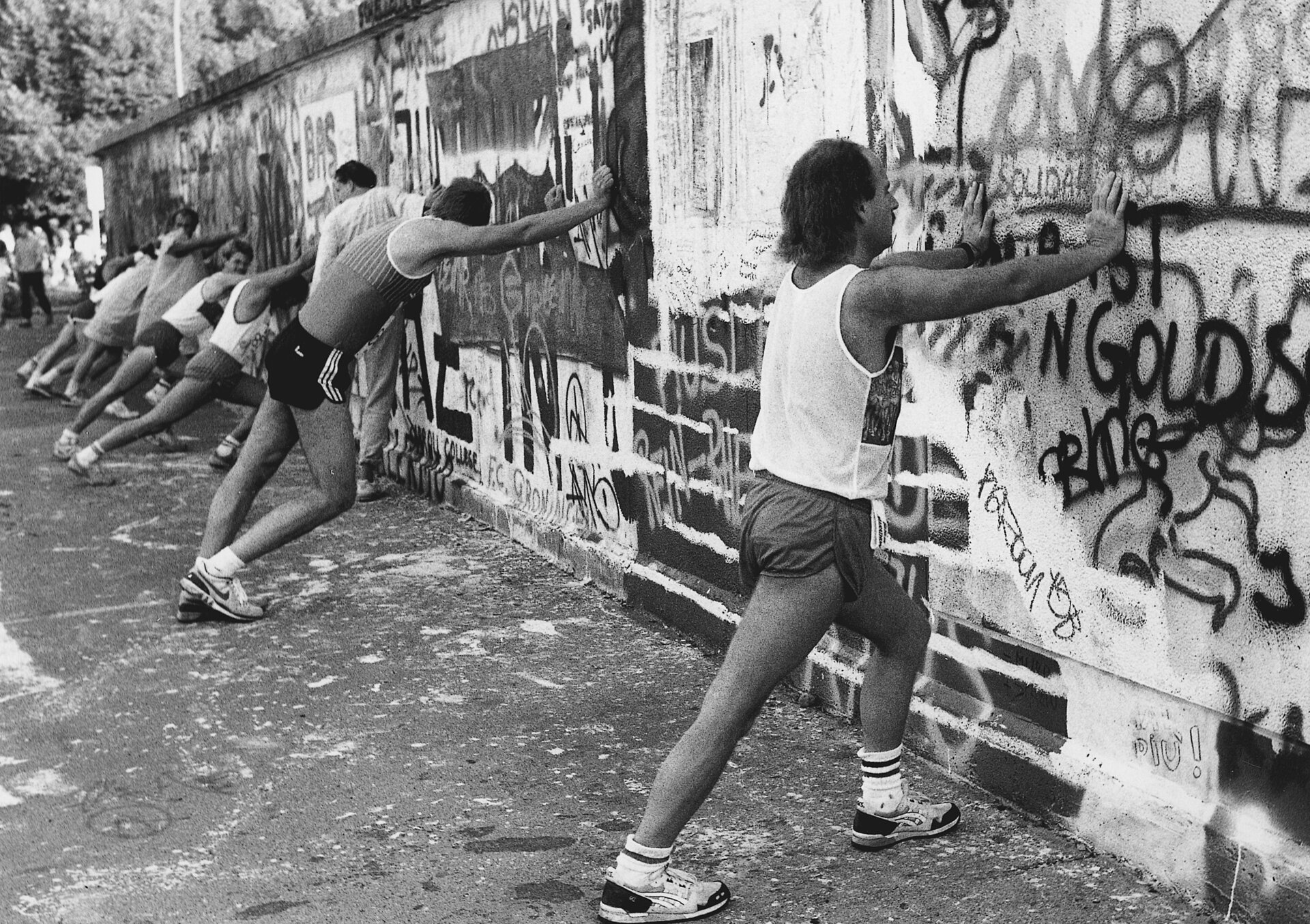
The gate is open!
The first run through the Brandenburg Gate in 1990 was an emotional milestone. A few days before the reunification of Germany, 25,000 enthusiastic athletes from all over the world celebrated by running and causing a worldwide sensation. Former East Berliner Uta Pippig won the women's race with a new course record of 2:28:37.
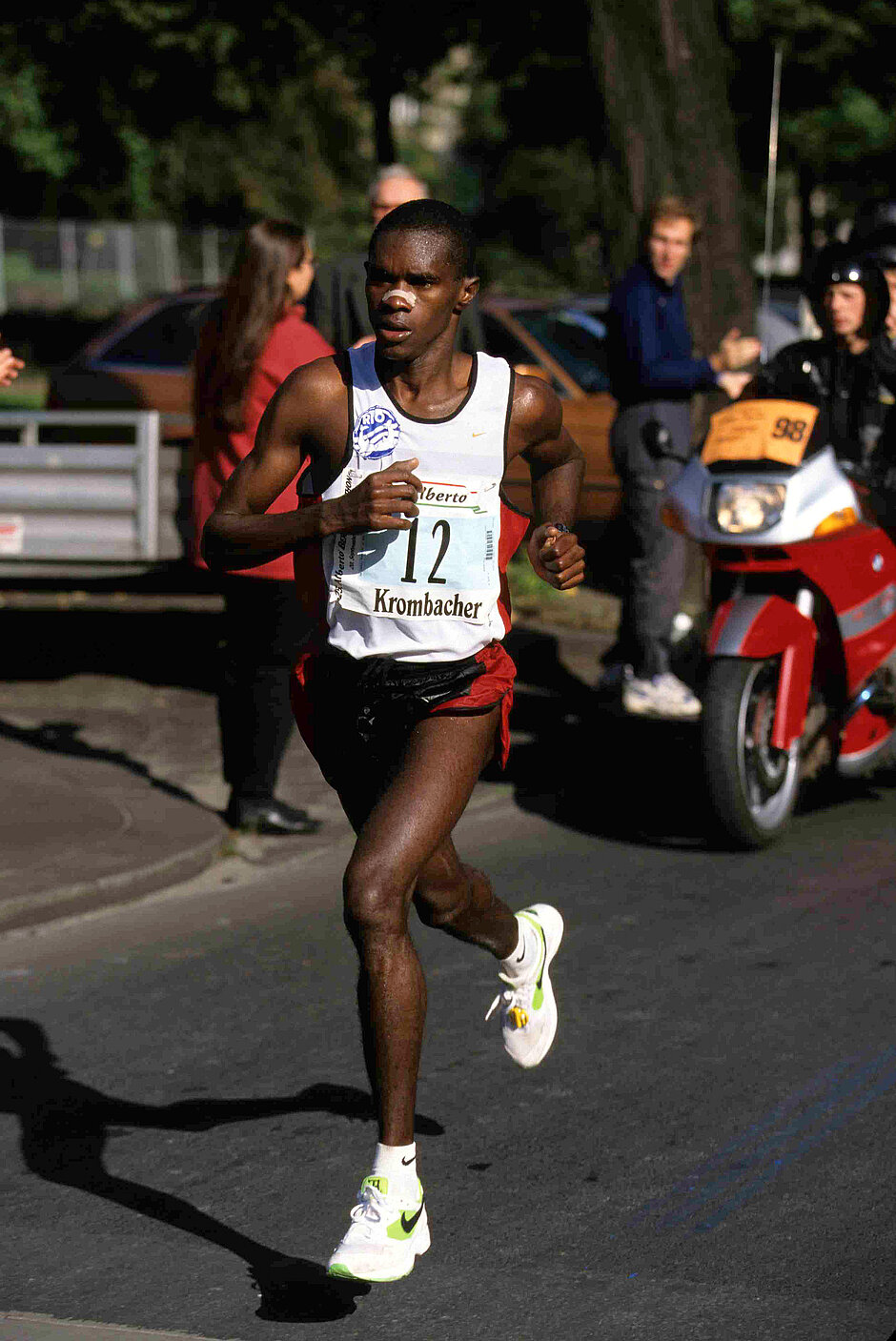
Samba on the Ku'damm
The Brazilian Ronaldo da Costa caused a big surprise in 1998. Nobody had him on their radar. He ran the race of his life and pulverised the 10-year-old marathon world record in 2:06:50. Shortly after crossing the finish line, he did a cartwheel and danced the samba. A year later, crowd favourite Tegla Loroupe from Kenya did the same in the women's race. She improved the women's world record to 2:20:43. Berlin's course is fast! This message went around the marathon world.
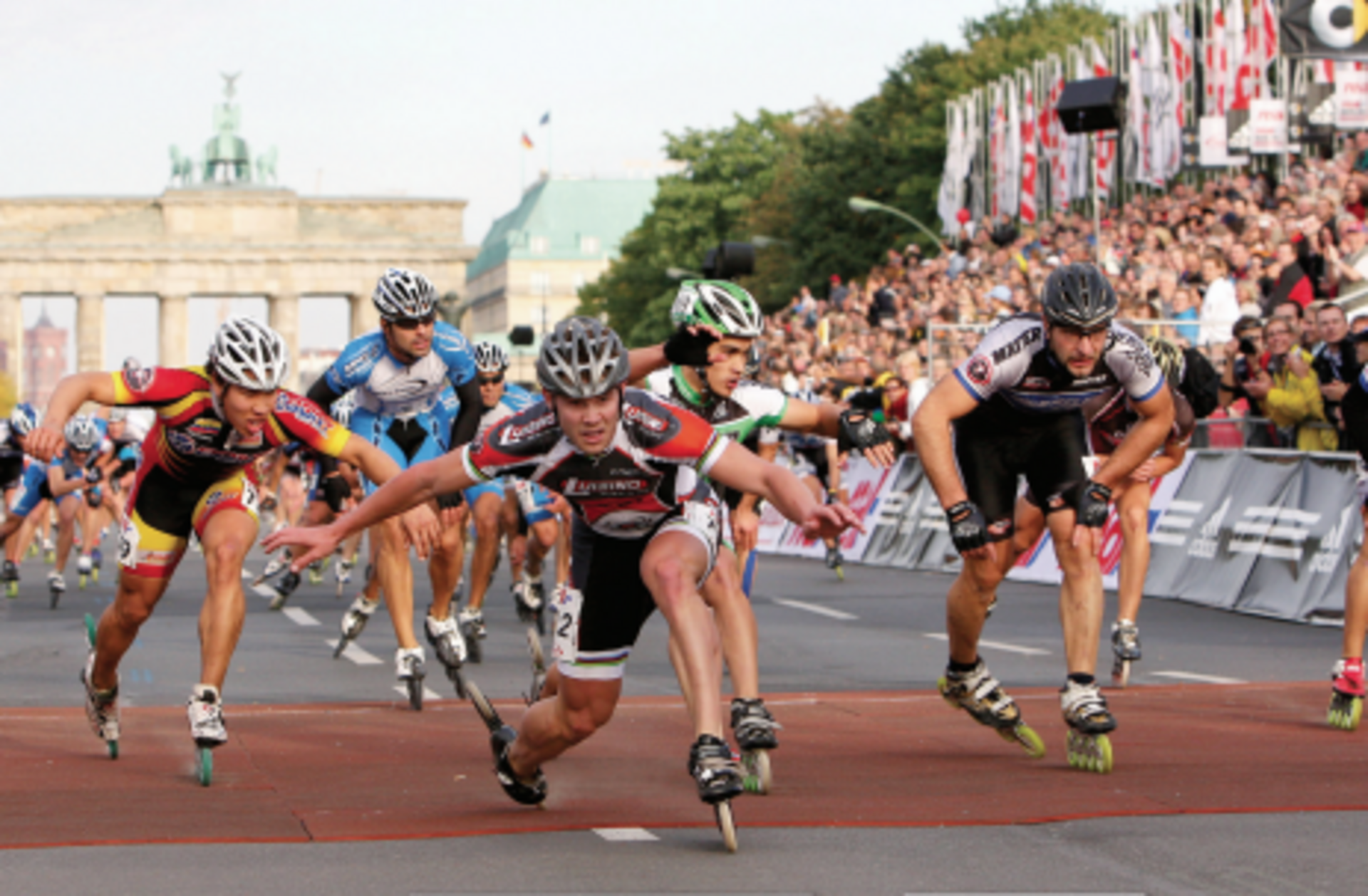
Inline Rock´n´Roll
On 28 September 1997, inline skaters took part in the BERLIN-MARATHON for the first time. The race quickly developed into the world's largest inline marathon. In 2003, 9,612 athletes rolled through the city. Olympic speed skating champion Bart Swings from Belgium became a serial winner in Berlin. He won eight times and set a fantastic course record of 56:45 min in 2022.
Japanese female power
Since 2000, the women's winner has come from Japan six years in a row.
One of these Japanese winners is Naoko Takahashi, who was the first woman to break the 2:20 barrier in 2001 and gave the BERLIN MARATHON its 4th world record. Her run was also broadcast live on Japanese TV and generated record ratings.
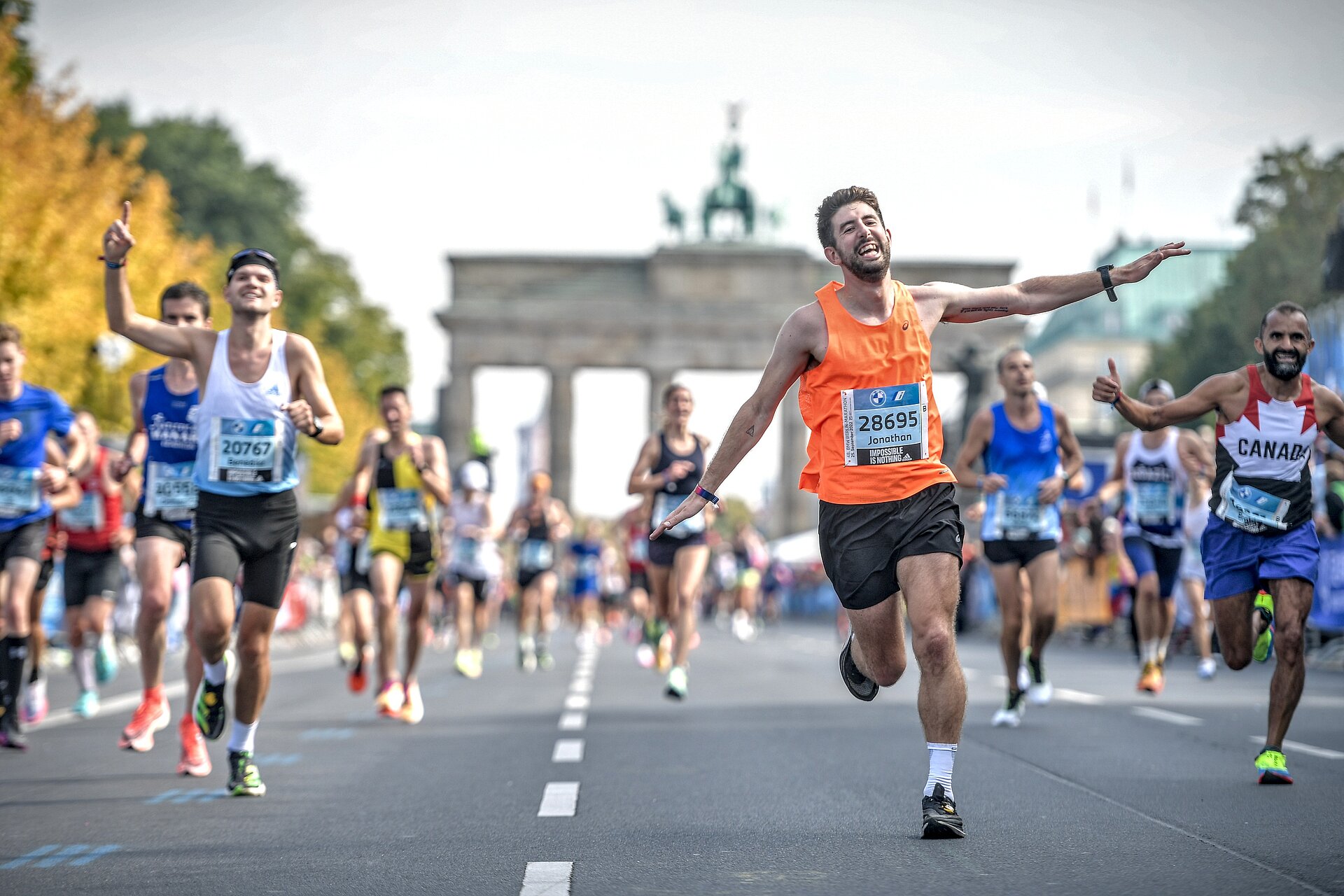
Right into the heart
In 2003, the traditional race made another quantum leap. The new circuit with start and finish between the Brandenburg Gate and the Victory Column landed right in the heart of the city. Since then, the unforgettable highlight for every participant has been the finish with the crossing of the Brandenburg Gate, the symbol of German reunification.
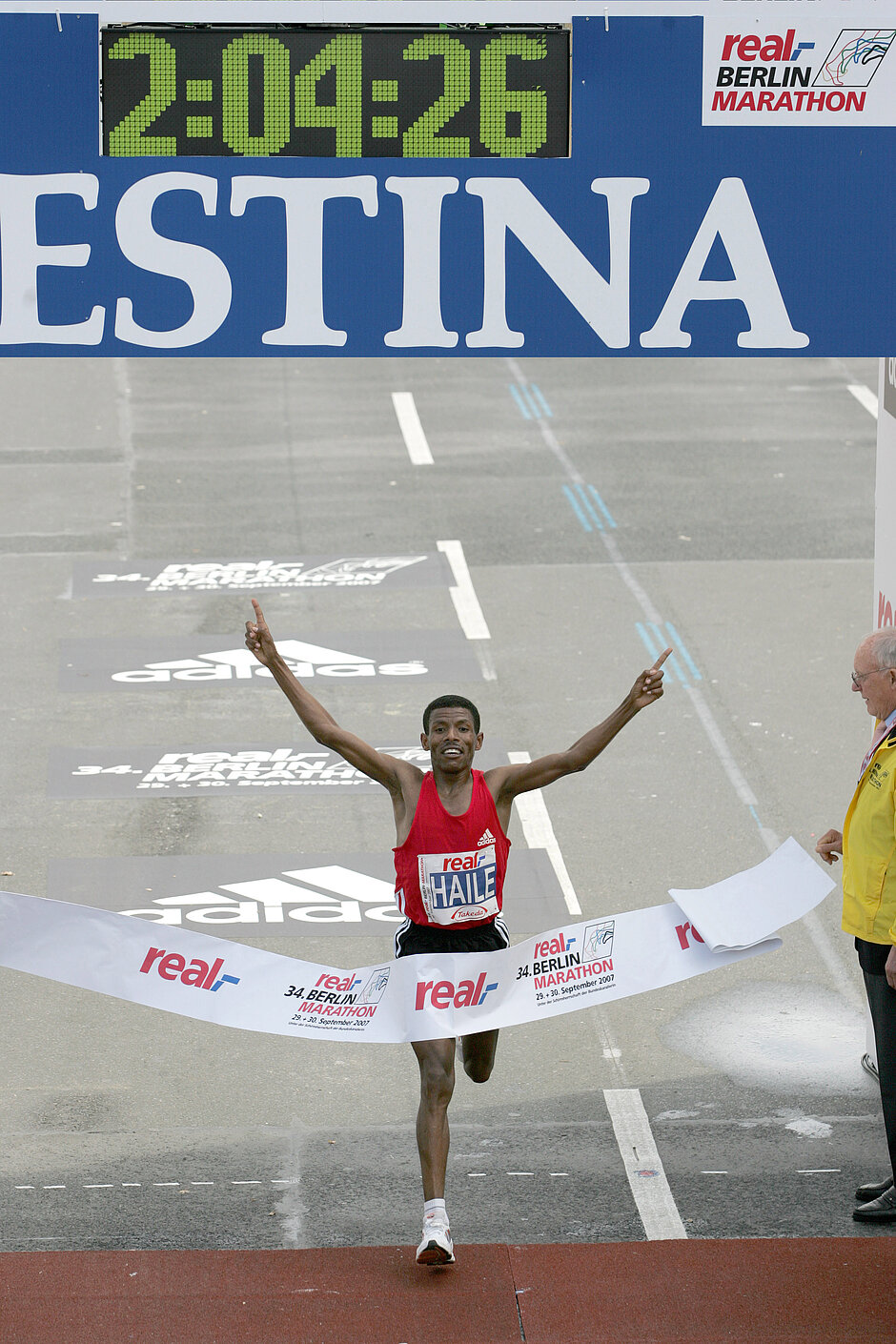
A Berlin Legend
From 2006 to 2009, Berliners celebrated their marathon hero Haile Gebrselassie. One of the most successful long-distance runner of all time from Ethiopia choses the Spree metropolis as the venue for his greatest triumphs over the classic distance and became a legend here.
The BERLIN-MARATHON became more and more international and grew to new dimensions. The total number of participants (running, inline skating, wheelchair racing, hand biking) was well over 40,000 and rising.
A news series
Since 2006, the BERLIN-MARATHON has been a member of the AWMM (Abbott World Marathon Majors), the association of the six biggest marathons in the world. It is in the illustrious company of top events in the sporting metropolises of Tokyo, London, Boston, Chicago and New York. The result is a lively exchange of ideas and experiences.
In 2011, the BERLIN-MARATHON was fully booked in a record time of just under three hours. Since then, there has been a lottery to meet the ever-increasing demand for the coveted starting numbers.
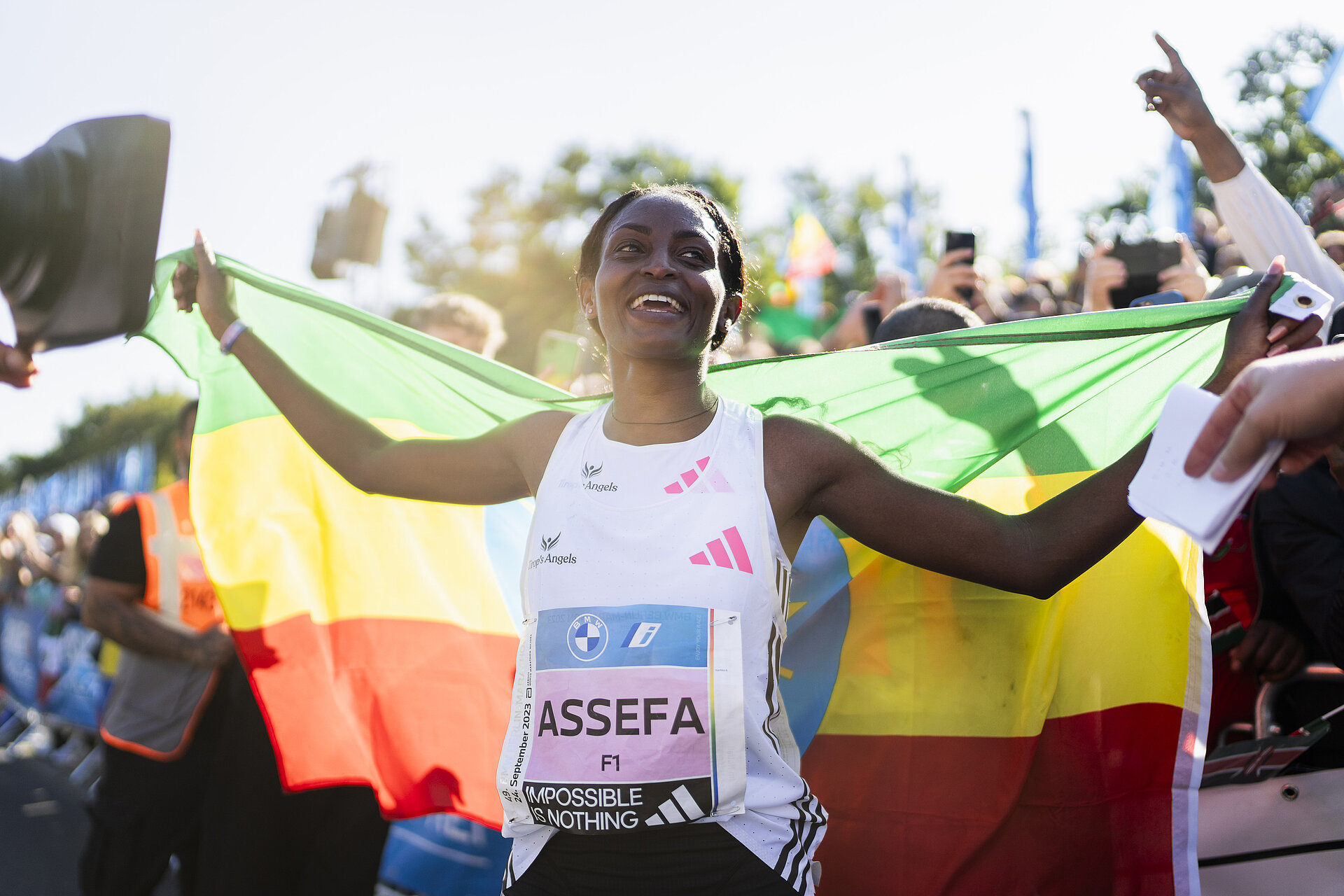
The final highlight so far, however, was set by a woman. Tigst Assefa from Ethiopia ran a sensational world record of 2:11.53 at the 49th BMW BERLIN-MARATHON on 24 September 2023, beating the old record by more than two minutes. A total of 13world records were broken at the BERLIN-MARATHON. More than at any other marathon.
We are looking forward to the 50th edition of this fascinating and inspiring event!



















